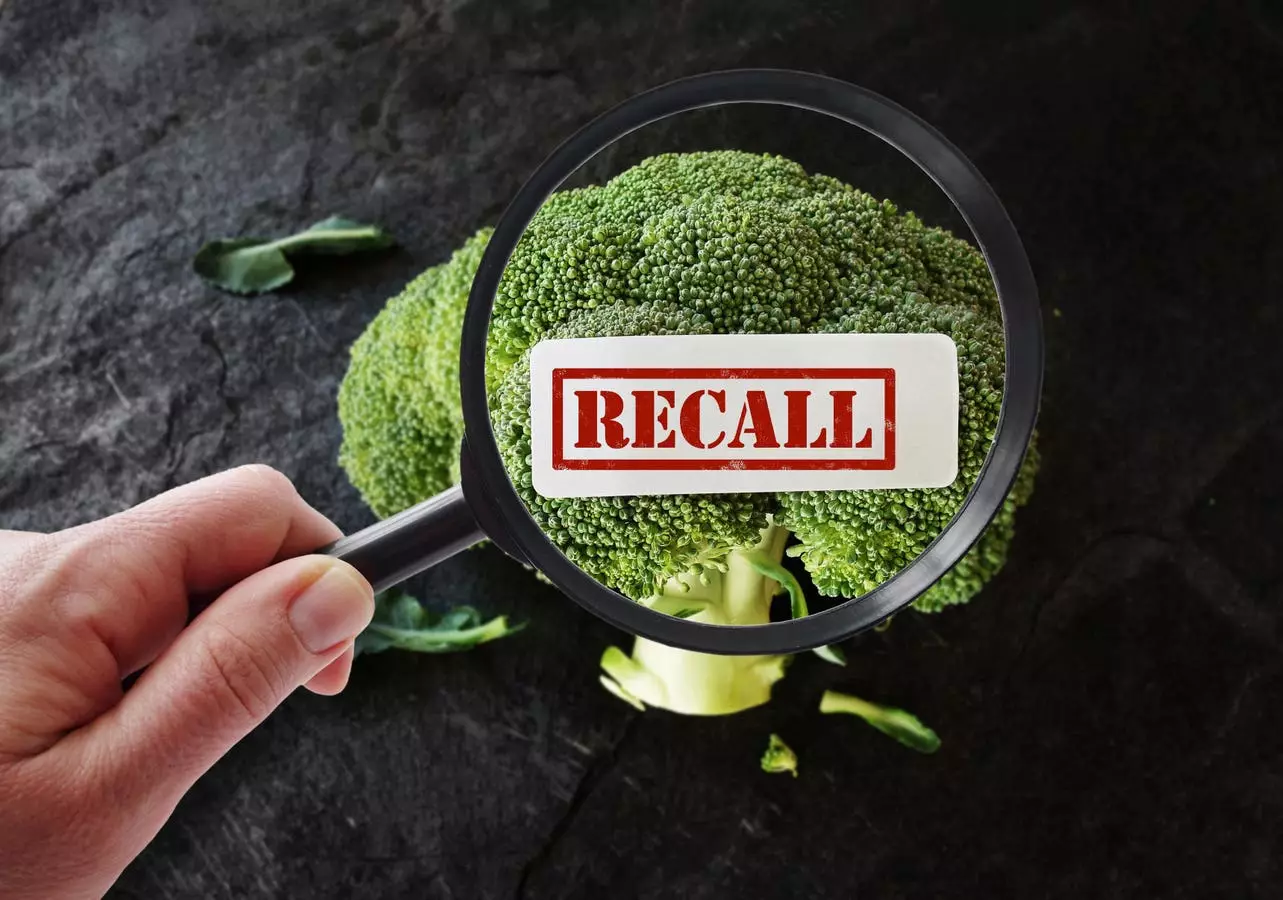Food safety is a cornerstone of public health, and yet it continues to face significant challenges. This is evident from the increasingly alarming trend of food recalls, which can rapidly escalate from minor advisories to severe public health emergencies. A compelling example of this phenomenon is the recent Class 1 recall of Walmart’s Marketside Broccoli Florets, initially issued as a simple precaution that morphed into a significant health risk. But what does it mean when a food recall is classified as Class 1, and why do some recalls transition from benign warnings to these critical alerts?
Understanding Food Recall Classifications
The Food and Drug Administration (FDA) categorizes food recalls into three distinct classifications based on the level of risk they pose to consumers.
1. **Class I**: This is the most serious designation, indicating a reasonable probability that consuming the recalled product could lead to severe illness or death, particularly from pathogens like Listeria, Salmonella, or undeclared allergens.
2. **Class II**: This applies to products that might cause temporary or medically reversible health issues but are unlikely to be life-threatening.
3. **Class III**: The least severe category, which involves products that violate regulations but aren’t expected to harm health, such as minor labeling or package errors.
The escalation from lower classifications to Class 1 is often driven by evolving information, including consumer illness reports or test results that reveal broader contamination than initially detected.
The shift in the seriousness of a recall can leave consumers feeling bewildered. Several factors can prompt initial advisories to be upgraded. For instance, detailed testing may uncover that contamination is more extensive than previously suspected. Alternatively, reports of consumer illnesses can lead to swift action, highlighting a clear threat to public health.
In some cases, the distribution of a product may prove more extensive than first reported, meaning more people could be at risk than initially thought. Real-world implications of these escalated recalls are painfully clear; individuals with severe allergies are often left vulnerable by mislabeled products, which can lead to critical health crises.
Case Studies: Escalating Recalls
A notable example is the Lay’s Potato Chips recall. Initially a Class 2 warning due to a labeling mishap, it was later escalated to Class 1 when testing revealed cross-contamination with milk allergens. The urgency surrounding the recall stemmed from the potentially life-threatening nature of anaphylactic reactions in individuals with dairy allergies. This incident underscores just how serious the ramifications can be from what might appear to be a simple oversight.
Similarly, the Marketside Broccoli Florets recall took a troubling twist when Listeria was discovered in samples, leading to an immediate Class 1 upgrade. The bacteria thrive in refrigerated environments, posing an especially high risk in perishable foods such as fresh vegetables. The FDA’s decisive actions to remove contaminated stocks from stores across numerous states reflect the weight of the threat presented.
Certain foods are more susceptible to contamination, and they frequently find themselves at the center of recalls. Eggs, for instance, are among the most recalled items due to salmonella risks. Costco’s Kirkland Signature Organic Eggs faced a Class 1 recall after test results revealed heightened levels of contamination, followed by reports of distribution in multiple states, which expanded consumer risk significantly.
Dairy products also remain a common danger zone. Soft cheeses have previously been associated with severe Listeria outbreaks, and when Wicklow Gold Cheddar was found to be contaminated, the FDA acted quickly to avert a potential crisis.
The lessons learned from these escalating recalls serve as a vital reminder: food safety is not static. Advisories that may seem insignificant can rapidly evolve into dangerous situations. Public awareness and regulatory vigilance are the cornerstone of safeguarding consumer health, yet there remains an undeniable gap that can allow threats to emerge unnoticed.
Consumers need to remain informed about the latest food recalls and understand that even products marketed as “organic” or “premium” can pose risks to their health. Awareness of the distinctions between the classes of recalls can empower individuals to make informed choices, potentially avoiding dangerous products before they are officially pulled from store shelves.
While the promise of food safety is foundational to public health, ongoing efforts are required to ensure that vigilance and responsiveness remain at the forefront of food production and distribution practices.

